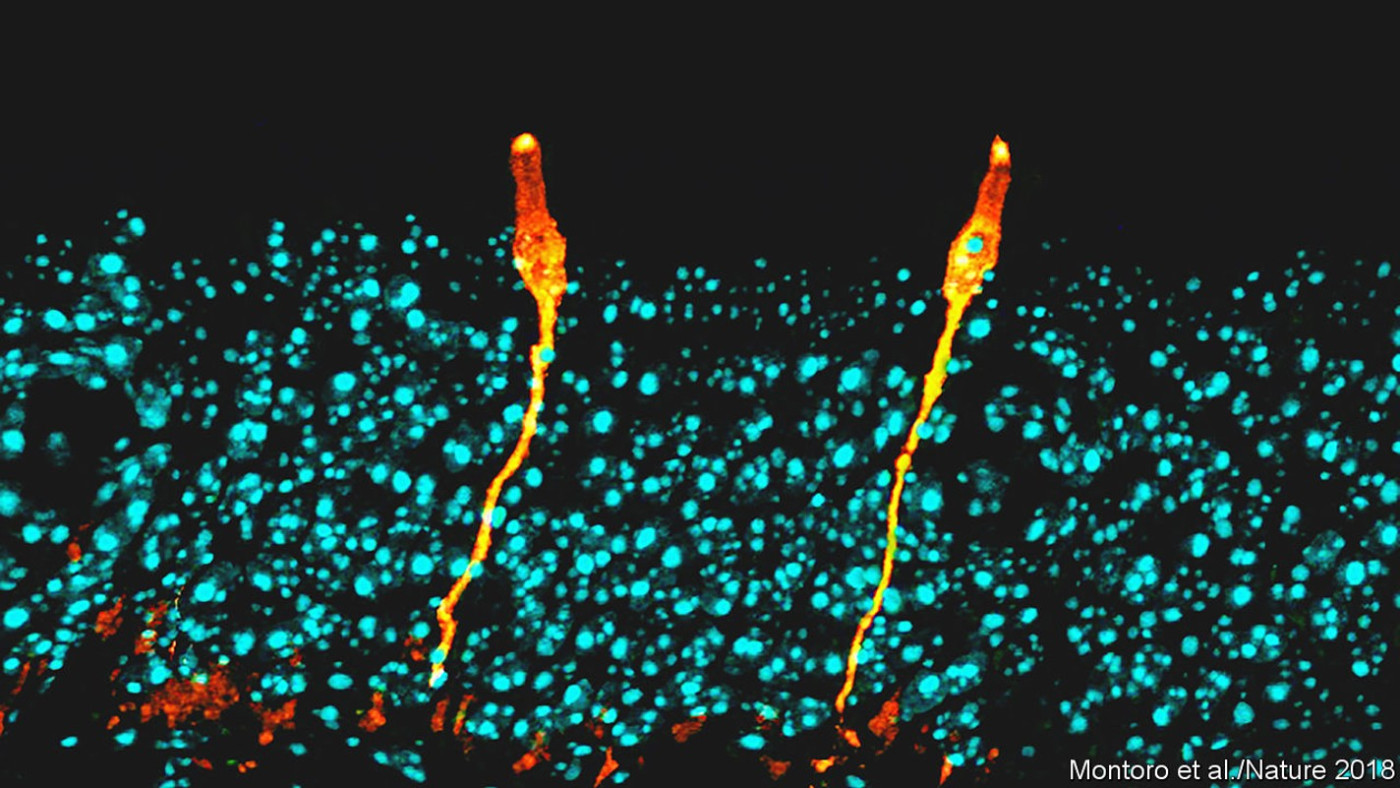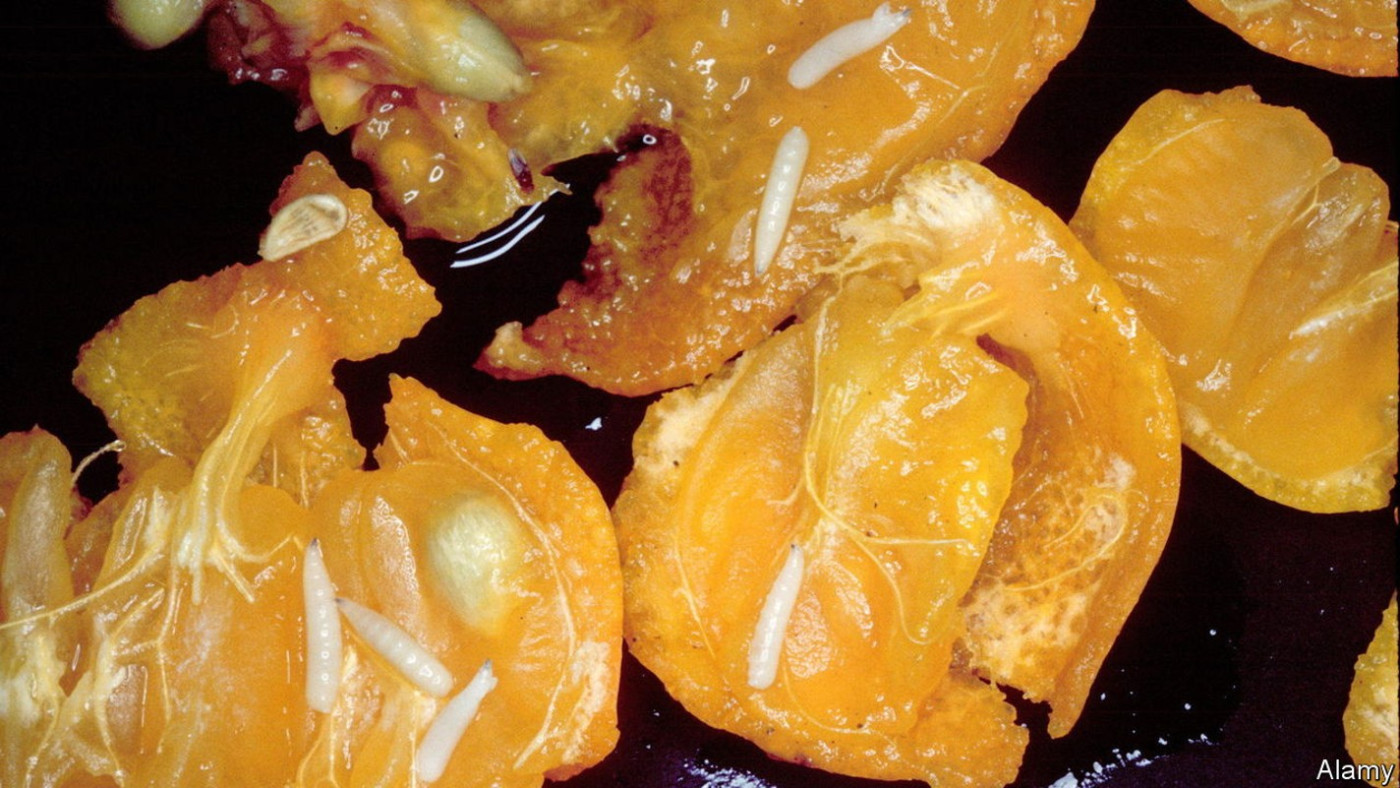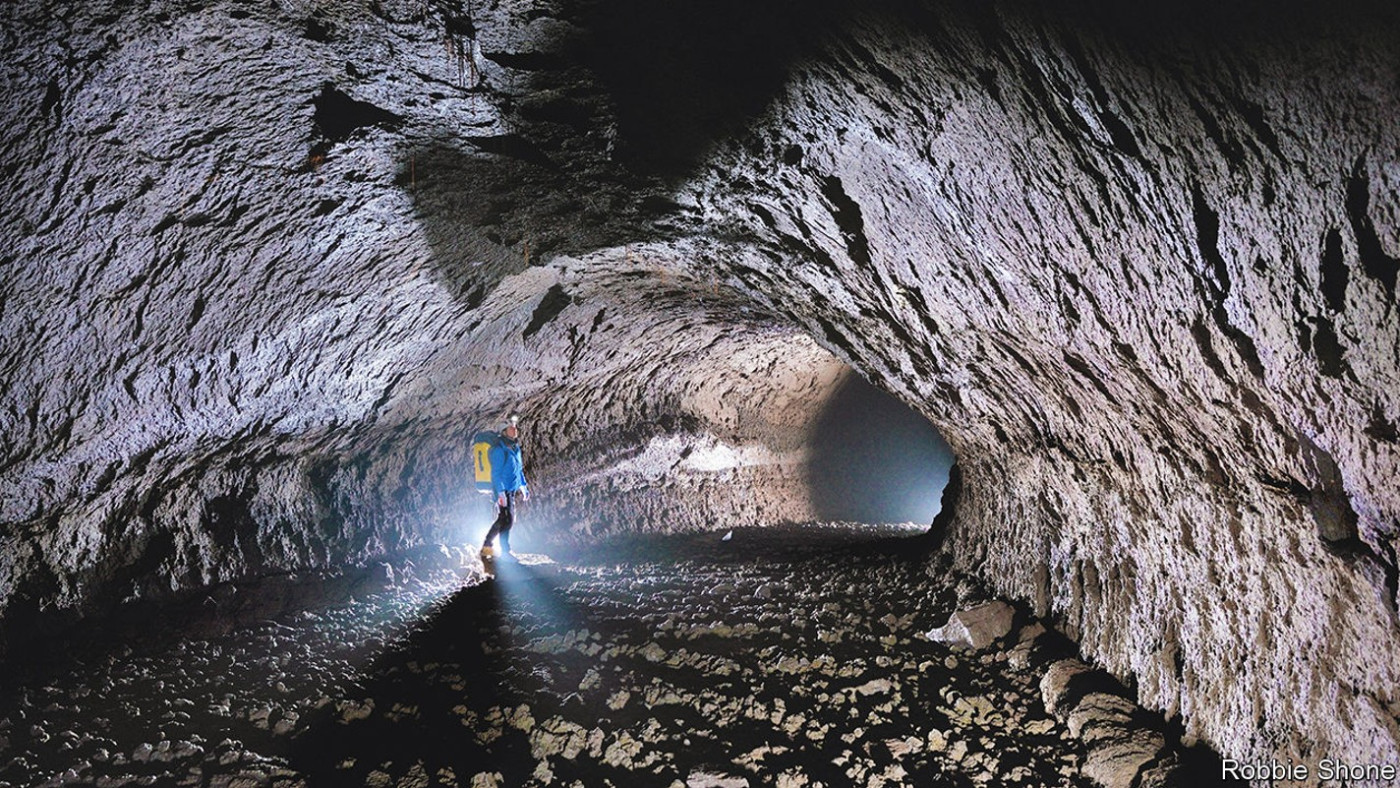The origin of grapevines is a tangled vine itself
According to the Bible, Noah was the first man to make wine. He was also, not unrelatedly, the first man to drink to excess, be found naked in his own vineyard, and wake up with a hangover. But, certain colourful details aside, this legend of the most premier of crus is not too far off the standard picture of the birth of viticulture: a single domestication that happened thousands of years in the past.
But how many thousands? Most domestications of Old World crops and animals are thought to have taken place during a white-hot period of innovation between 15,000 and 10,000 years ago. Grapes were a notable exception. Small-scale genetic analyses had pegged their cultivation as happening between 15,000 and 400,000 years ago—a range implausibly wide, not least because, a few minor excursions aside, Homo sapiens left Africa only about 60,000 years before the present day.
This estimate of when grapes were first cultivated has now been pruned. In a study just published in Science, Chen Wei of Yunnan Agricultural University, in China, and a team of collaborators from across the world, have distilled a new picture. Grapevines were, it seems, domesticated on two occasions, in quick succession but in different parts of the world, about 11,000 years ago. That makes the old model so much noble rot. “Now that whole building just collapsed,” says Dr Chen.
The confusion was caused not by poor analysis but limited data. Indeed, one of Dr Chen’s own papers provided evidence for the 400,000 year figure, based on some 70 varieties of wild grapes from a small region of Germany. His new work tramples over such limitations by including over 3,500 varieties from the full terroir of existing viticulture: 1,000 or so wild; the remainder cultivated. Getting hold of that many samples was not easy. Dr Chen’s team relied on the good will of collaborators, enthused by the prospect of participating in a definitive study with generous funding, provided mostly by Chinese scientific bodies.
Kristina Margaryan, of the Institute of Molecular Biology in Armenia, for instance, spent weeks trekking with colleagues through her country’s hills, collecting what would later turn out to be hundreds of hitherto unknown varieties of wild grape. Elsewhere, researchers negotiated with vineyard owners to take samples from their precious vines.
Thousands of these were then sent to Dr Chen’s laboratory, where each had its DNA extracted, sequenced and fed into a supercomputer for analysis. This compared the sequences for each sample, looking for variations that would suggest evolutionary steps and, hence, familial links.
The results revealed that present-day grape varieties can be split into ten groups: four of wild Vitis sylvestris and six of cultivated Vitis vinifera. All arose from a proto-vine which split, some 200,000-400,000 years ago, into two varieties, Syl-E, which flourished in the Caucasus and Levant, and Syl-W, which grew across western Europe.
What happened next recalls another aspect of the biblical story: climate-change-induced selection. In this case it was not a flood, but a cooling. As temperatures declined through the last glacial period, and conditions became less hospitable, varieties in different regions evolved different mechanisms for survival. By 56,000 years ago, Syl-E had split into Syl-E1 and Syl-E2, with Syl-W following suit around 500BC.
The analysis also showed that around 11,000 years ago, a strain of Syl-E1 was cultivated somewhere near modern-day Israel that would become the ancestor of almost all today’s varieties. As well as spreading southward to north Africa and thence as far west as Morocco, it was also carried north to Anatolia, where, within the space of 500 years, it gave rise to a new family. The next big evolutionary milestone would come 8,000 years later, when new strains appeared in the Balkans and then, in quick succession, Iberia and modern-day France.
At almost exactly the same time that this story was beginning in the Middle East, a similar process was under way with Syl-E2 in modern-day Georgia. Because of the mountainous terrain, migration of this grape was more limited, so the varieties developed here remained more isolated. That did not stop its legend spreading. Noah’s vineyard was supposedly near Mount Ararat, in what is now north-east Turkey. “So now it isn’t legend,” says Dr Margaryan.
It may seem odd that grapes were domesticated twice, but simultaneous invention is hardly unheard of in the history of technology. Alternatively, perhaps, as news flowed between the Caucasus and the Levant, one budding innovator may have pinched another’s brainwave. It may even have been inadvertent. Perhaps they simply heard it through the grapevine. ■
Disclaimer: The copyright of this article belongs to the original author. Reposting this article is solely for the purpose of information dissemination and does not constitute any investment advice. If there is any infringement, please contact us immediately. We will make corrections or deletions as necessary. Thank you.





